Big Ideas – A Parable
By Guest Blogger: Geoff Rotunno www.linkedin.com/in/geoffrotunno People are always asking me where I get all…
Our content is reader-supported. Things you buy through links on our site may earn us a commission
Never miss out on well-researched articles in your field of interest with our weekly newsletter.

Subscriber
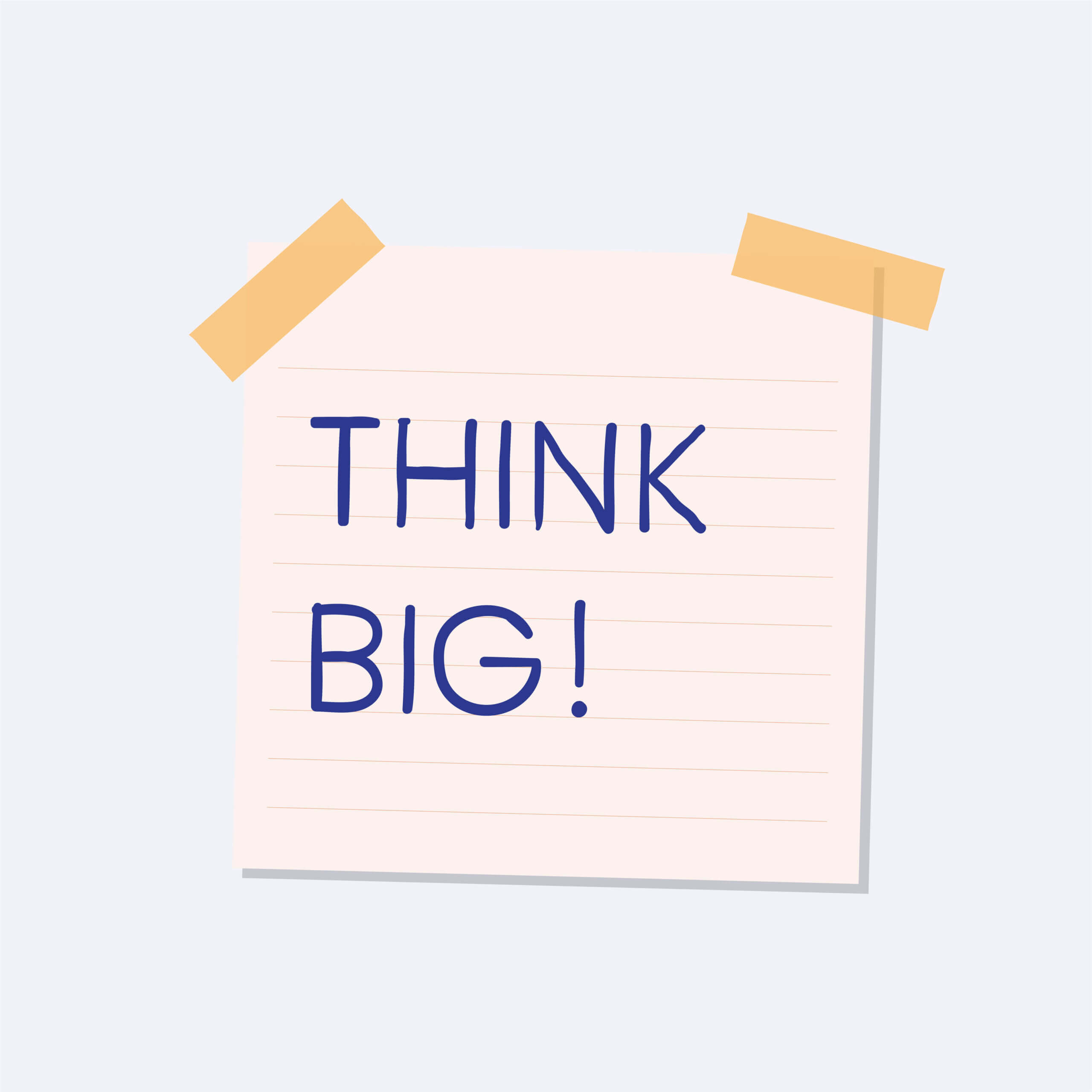
By Guest Blogger: Geoff Rotunno www.linkedin.com/in/geoffrotunno People are always asking me where I get all…

If you are going to proclaim that you care, then you should truly demonstrate it.…

We’ve all heard the saying “knowledge is power.” What we often forget to do is…

In our world of customer service, it is our mission to keep customers. “It is…

Whether you are part of a small or a large organization, you have the same…

Outstanding Customer Service – A Call Out to Leadership Think about it. How hard can…

Outstanding customer service strategies is making your customers feel like you understand their needs and…

Help Thyself. It is the ‘it’ strategy these days. It makes good business sense. Outstanding…
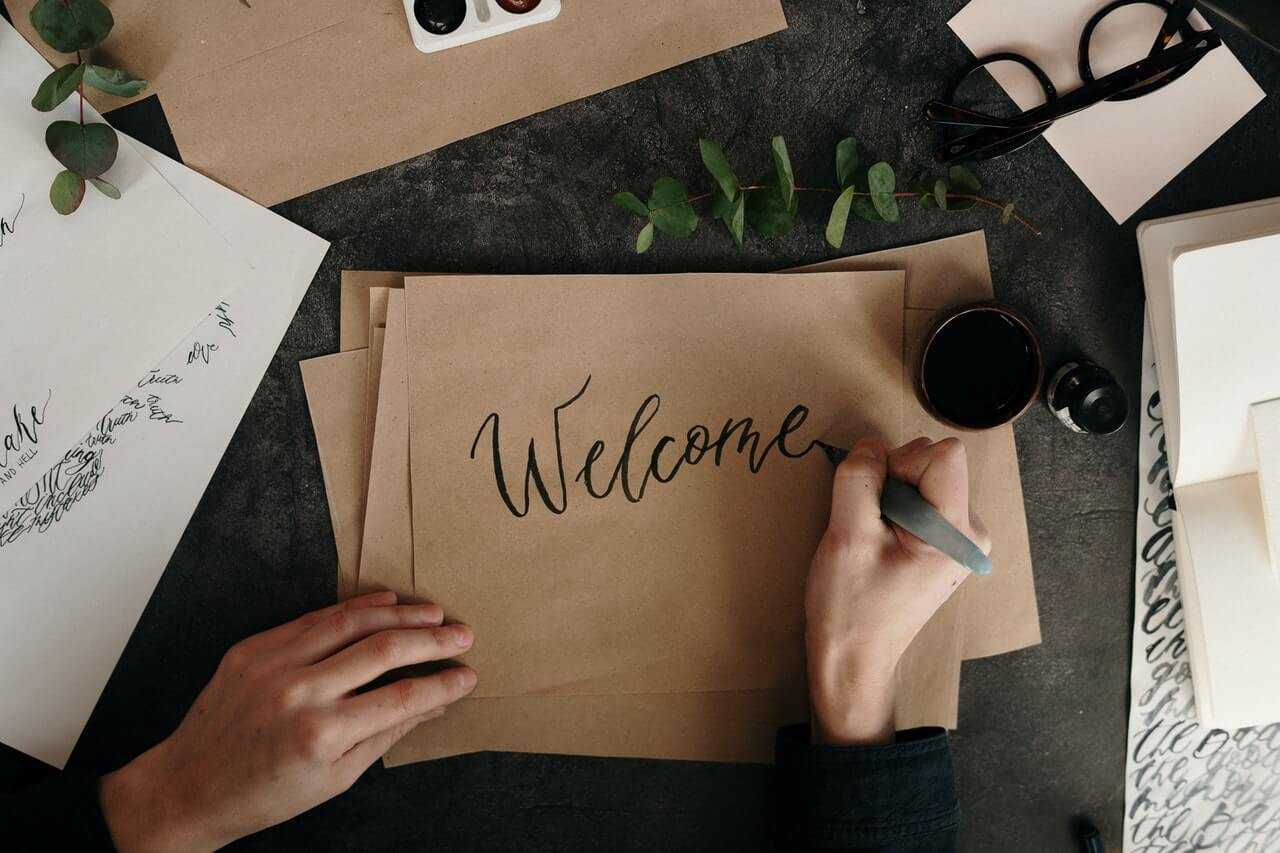
Usually I end my posts with a quote to provoke further exploration of these Customer-Centric…
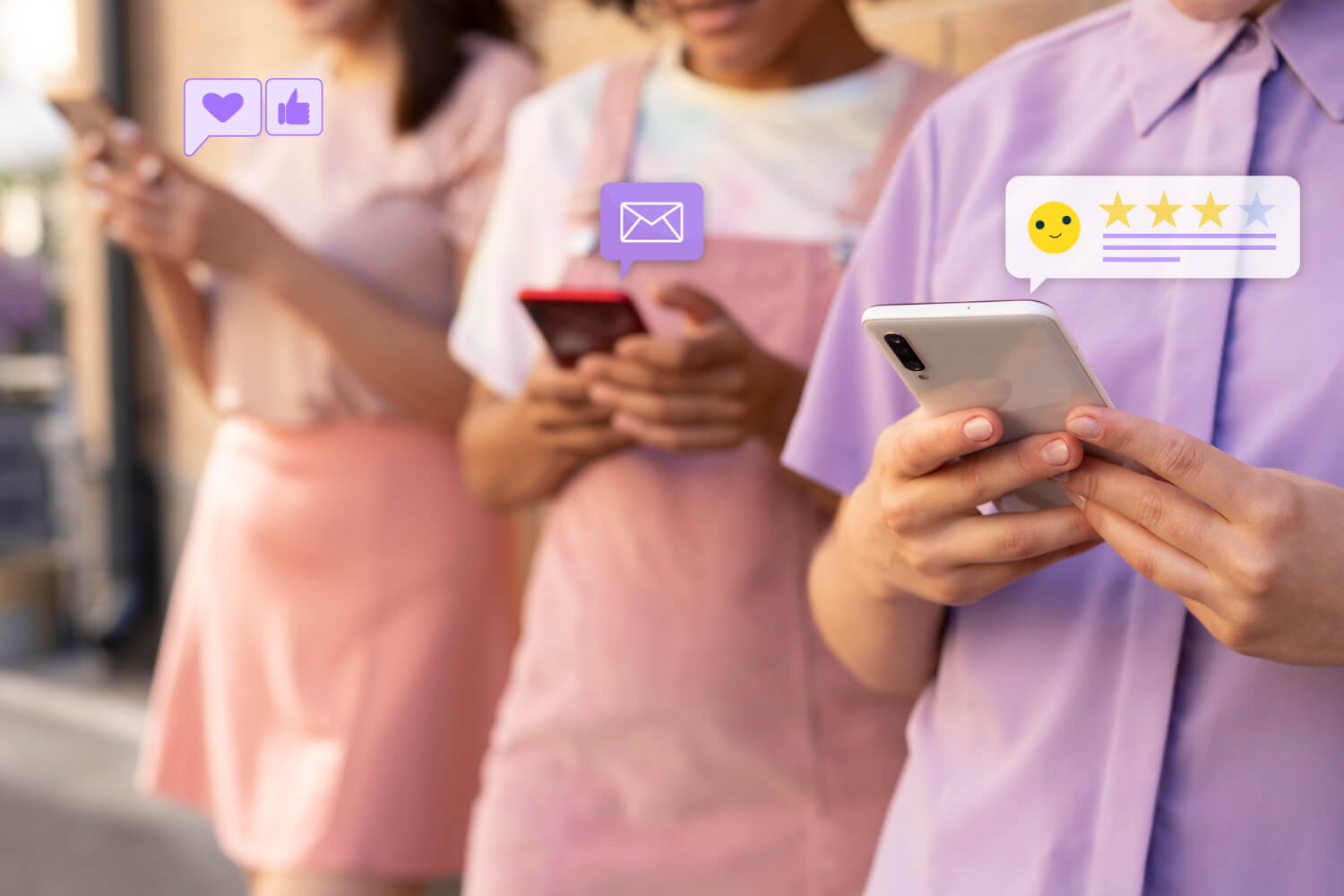
Who Owns the Customer Experience in your Organization? Answer: Everyone Should. Who drives the Customer…

Customer Service is just one piece of the entire Customer Experience. When was the last…

Let’s be clear: if you’re not measuring any part of your service delivery, you are…
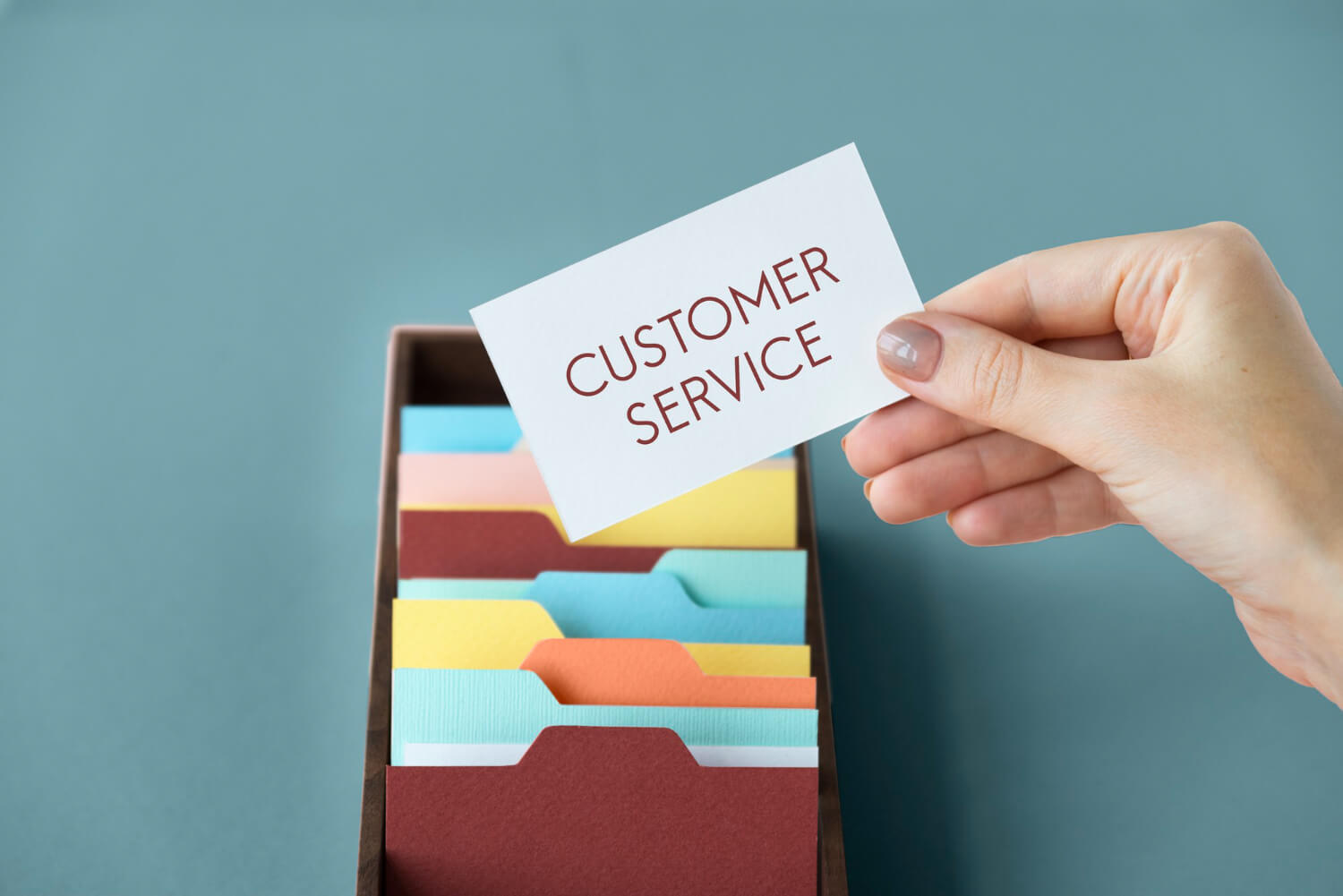
The first question you should ask yourself…How do you measure customer satisfaction? If you are…
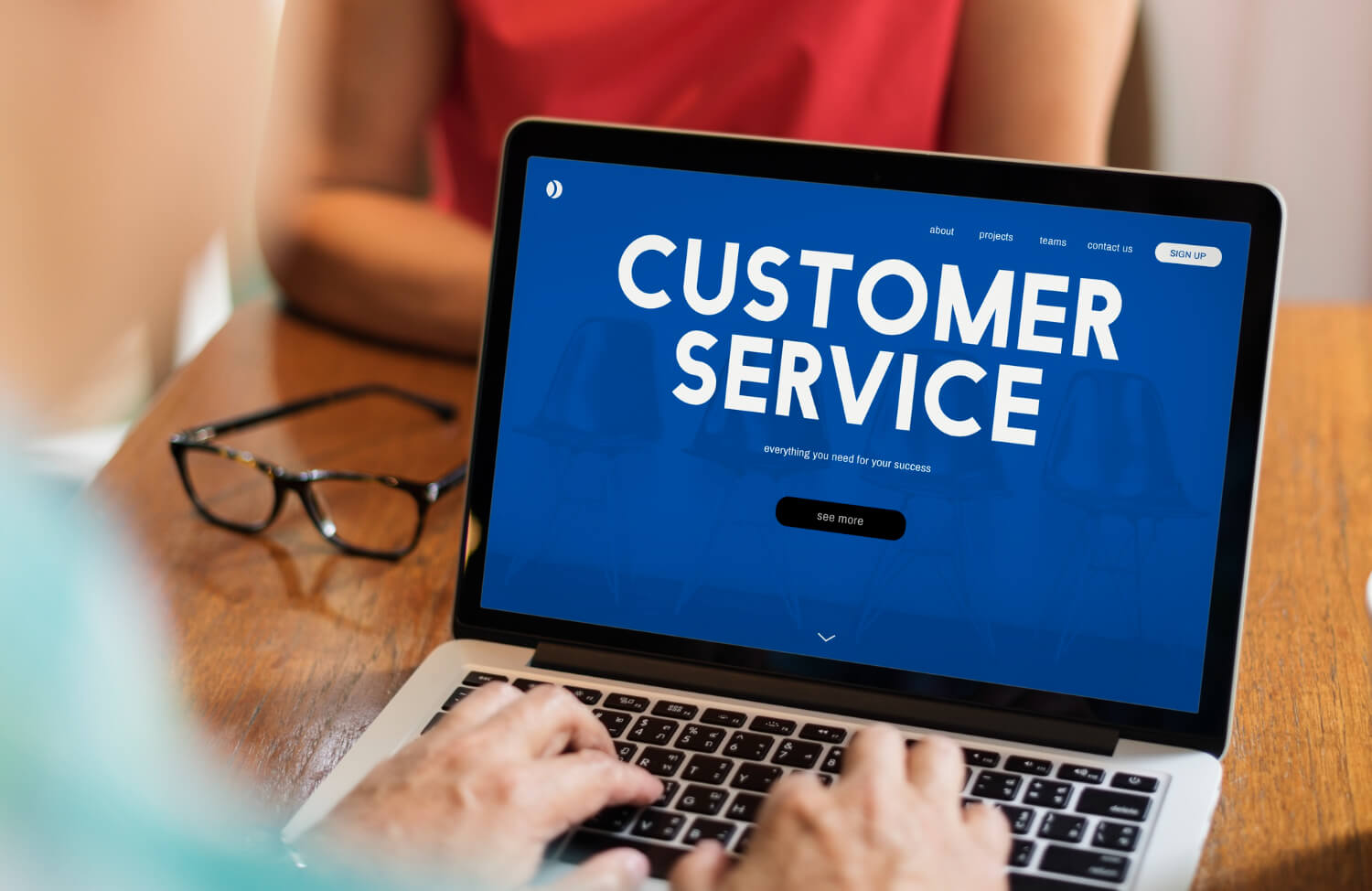
Welcome to the new Customer Service discussion: Servicing a customer is a part of every…

I’m Barb Lyon and I’m the host of this blog. You can read more about…